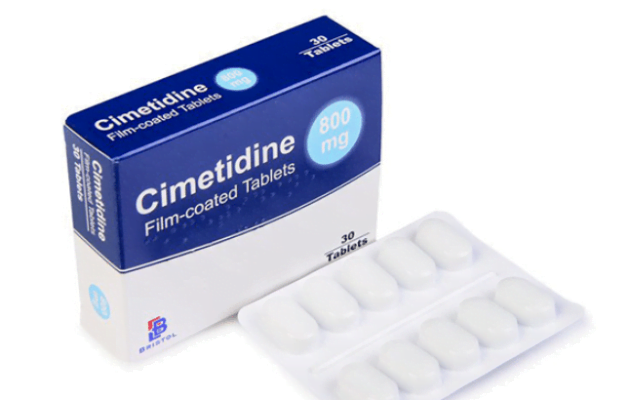Cimetidine and Famotidine are widely-used medications aimed at treating acid-related disorders. Despite both falling under the same drug category, histamine-2 (H2) blockers, they exhibit distinct characteristics worth examining.
In this article, we’ll delve into Cimetidine and Famotidine, exploring their mechanisms, indications, dosages, side effects, drug interactions, and more, to aid you in making an informed choice regarding which medication might suit you best.
Understanding Cimetidine
Cimetidine, known commercially as Tagamet, functions as an H2 blocker by decreasing stomach acid production. It is commonly used to treat gastroesophageal reflux disease (GERD), peptic ulcers, and Zollinger-Ellison syndrome.
The standard dosage recommendation for Cimetidine in treating GERD and peptic ulcers is 800mg per day, split into two to four doses. However, the exact dosage can vary depending on factors like age, weight, and medical condition.
Common side effects of Cimetidine include headaches, dizziness, diarrhea, constipation, and fatigue. Additionally, Cimetidine can interact with other drugs like warfarin, phenytoin, and theophylline, potentially increasing the risk of adverse reactions.
Understanding Famotidine
Famotidine, found under the brand name Pepcid, is another H2 blocker that reduces stomach acid production. It is used to alleviate conditions like GERD, peptic ulcers, heartburn, and indigestion.
The typical recommended dosage of Famotidine for GERD and peptic ulcers ranges from 20mg to 40mg per day, usually divided into two doses. Nevertheless, the dose can vary based on the individual’s age, weight, and medical history.
Common side effects of Famotidine include headaches, constipation, and diarrhea. Similar to Cimetidine, it may also interact with medications like warfarin, phenytoin, and theophylline.
Comparing Cimetidine and Famotidine
Though Cimetidine and Famotidine belong to the same drug class and function by reducing stomach acid, several key differences set them apart:
- Half-life: Cimetidine has a longer half-life than Famotidine, meaning it remains in the body longer. This feature can be advantageous for extended acid suppression but may also lead to drug accumulation and increased adverse effects over time.
- Onset of Action: Famotidine has a quicker onset of action compared to Cimetidine, providing faster relief for symptoms like heartburn and indigestion.
- Dosage and Administration: While dosages vary based on individual factors, the general recommendation for Cimetidine in treating GERD and peptic ulcers is 800mg per day, divided into two to four doses. In contrast, Famotidine’s typical dosage ranges from 20mg to 40mg per day, divided into two doses.
- Side Effects: Cimetidine may cause side effects such as headaches, dizziness, diarrhea, constipation, and fatigue. Famotidine, on the other hand, may lead to headaches, constipation, and diarrhea. The severity and frequency of these side effects can differ among individuals.
- Drug Interactions: Cimetidine has a greater potential for drug interactions, especially with medications metabolized by the liver. Famotidine, however, has fewer interactions due to its minimal effect on the liver enzyme CYP450, which metabolizes medications. This reduces the risk of accumulation and adverse effects. Always inform your healthcare provider of any existing health conditions or other medications or supplements you might be taking before starting either Cimetidine or Famotidine to prevent potential drug interactions.
